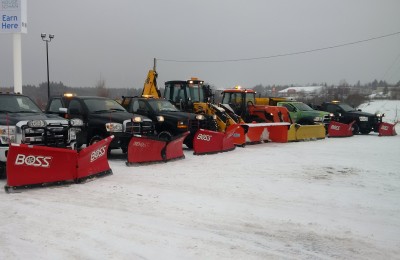Creating a gorgeous outdoor space involves much more than simply planting blooms plus laying down turf. In order to achieve a lasting aesthetic, adding fixed landscape features is vital. Hardscape refers to the non-plant elements of a landscape, including patios, walkways, holding walls, and decorative stones. Such components not only improve the visual appeal of your garden but offer practicality, form, plus durability to the overall design.
In this article, we will explore the ways to successfully incorporate hardscape features into your design to create a harmonious and eco-friendly environment. Whether you are remodeling your outdoor area or even starting from scratch, knowing the way to incorporate these elements can ensure that your design is simultaneously beautiful and practical for years to come. With a thoughtful approach, you can design spaces that invite relaxation plus enjoyment while maintaining their charm plus usability over time.
Categories of Hardscaping Elements
Hardscaping elements play a vital role in landscaping, providing organization and usability to outdoor spaces. Patios are one of the top hardscape options, serving as outdoor living areas where families can gather and host. Made from compositions such as rock, brick, or concrete, patios can be designed in different shapes and sizes to fit any landscape. Their ability to blend smoothly with landscaping elements like gardens or water features makes them a versatile choice for enhancing the overall aesthetic of a property.
Walkways are another important hardscape component, guiding visitors through a garden while providing secure and pleasant passage. These walkways can be constructed from a range of materials, including gravel, flagstone, or tiles, allowing homeowners to select options that complement their landscaping style. Effective walkways not only improve navigability but also contribute to the overall design by connecting different areas of the landscape and creating visual continuity.
Terracing walls offer both practical and aesthetic benefits, particularly in landscapes with uneven terrain. By preventing earth washout and marking spaces, these walls can transform steep landscapes into manageable areas. Made from materials like rock, timber, or cinder block, retaining walls can be designed to match the landscape's character while providing room for planting and additional embellishments. The incorporation of retaining walls not only enhances the usefulness of an outdoor space but also adds depth and intrigue to the overall landscape design.
Benefits of Hardscaping

Hardscaping provides a variety of benefits that enhance the effectiveness and aesthetics of a landscape. It provides clearly marked spaces for outdoor recreation, such as patios for entertaining or walkways for easy navigation. By incorporating materials like granite, timber, or concrete, you can establish areas that are both practical and aesthetically pleasing. Additionally, hardscaping helps to minimize soil erosion and improves water drainage, making it an crucial component for maintaining a healthy landscape.
In addition, hardscaping elements often require less maintenance than softscape features. Once installed, structures like retaining walls, decks, or paths typically withstand the elements without the need for constant upkeep. This means that homeowners can enjoy their outdoor spaces without the burden of regular care associated with flora and greenery. As lawn and garden north vancouver , hardscaping can conserve time and money while still providing a beautiful environment.
Finally, hardscaping adds value to a property. A thoughtfully planned hardscape can significantly enhance curb appeal, making a home more attractive to potential buyers. Features such as stonework or elegant pathways contribute to the overall design and can make a lasting impression. By investing in hardscaping, homeowners can create an inviting landscape that not only meets their needs but also stands the test of time.
Planning Factors for Hardscapes
When contemplating your garden, take into account the ratio between solid surfaces and softscape components. Hardscapes, such as trails, decks, and retaining walls, add form and functionality to your yard. Ensure that these components complement the natural elements, creating a harmonious design that enhances the overall appearance. The selection of materials is essential; opt for those that harmonize with your home and surrounding environment while also being long-lasting and easy to maintain.
Another significant factor is the purpose of the area. Reflect about how you want to utilize your yard. If you plan on welcoming friends and family, create spacious sections with plentiful seating and smooth pathways that promote movement. If tranquility is your aim, consider adding quiet nooks with inviting seating and shade. Design your hardscapes with these activities in mind to ensure they serve their purpose.
Finally, evaluate the long-term upkeep of your solid surface elements. Choose substances that can tolerate your local weather conditions and usage. Consistent care, such as washing and sealing, will prolong the life of your outdoor structure elements. Additionally, adding drainage solutions will prevent water pooling and erosion, helping your landscape remain aesthetically pleasing and useful for years to last.
